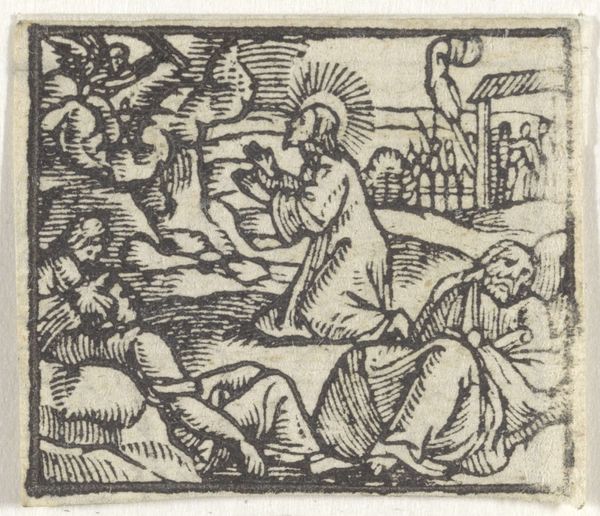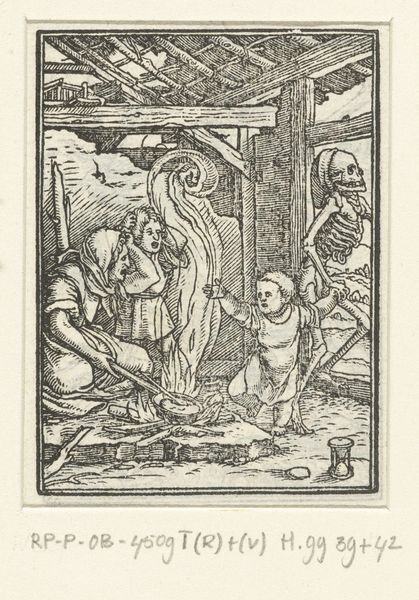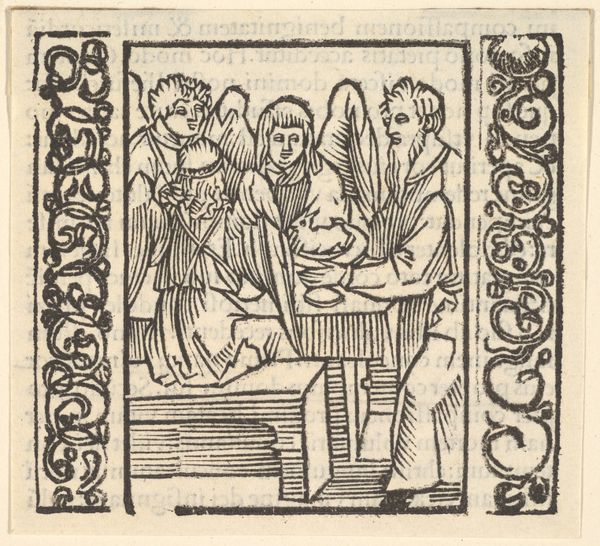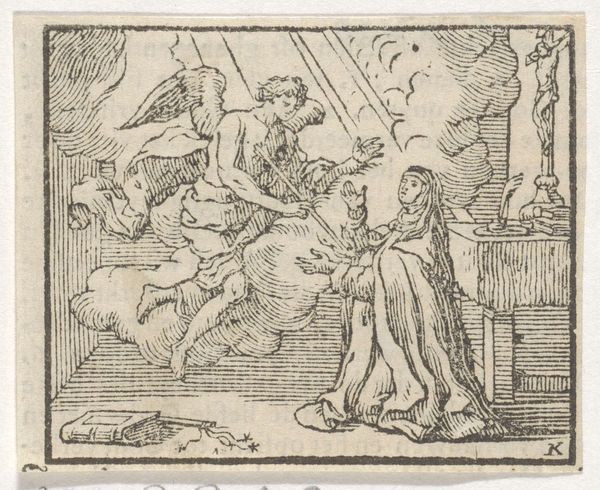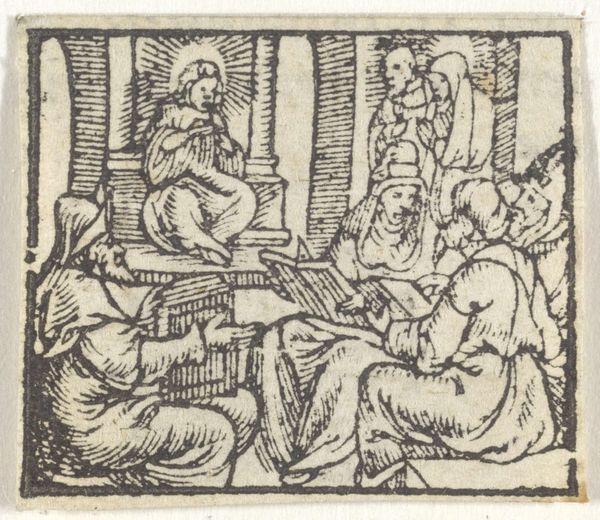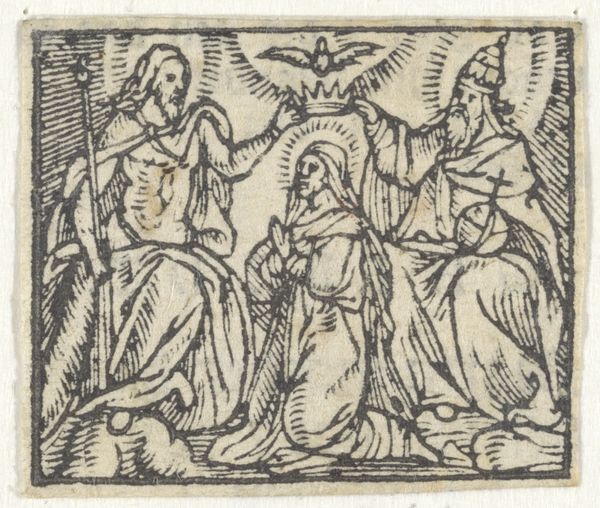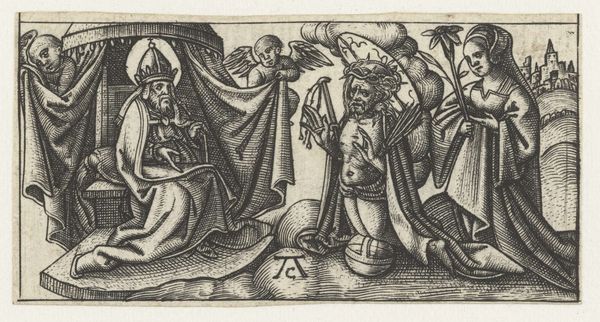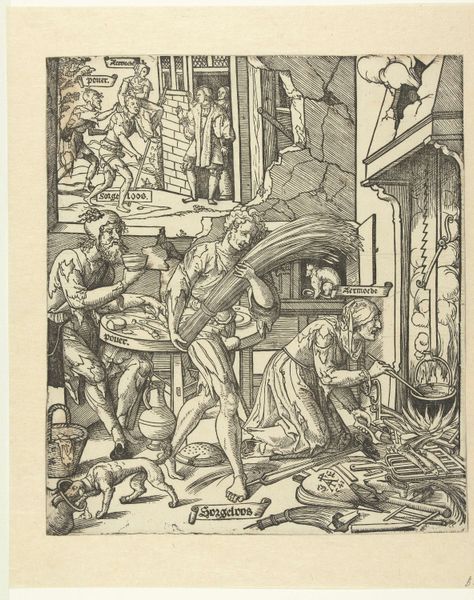
print, intaglio, engraving
#
medieval
# print
#
intaglio
#
figuration
#
line
#
history-painting
#
engraving
#
christ
Dimensions: height 26 mm, width 31 mm
Copyright: Rijks Museum: Open Domain
Editor: Here we have a 17th-century intaglio print titled "Opstanding van Christus," or "Resurrection of Christ" by an anonymous artist. The line work is so intricate. I’m immediately drawn to the dramatic contrast and almost stark depiction of this pivotal biblical scene. How do you interpret this work within its historical context? Curator: Considering the social landscape of the 17th century, prints like this served a crucial role in disseminating religious imagery and narratives to a broad audience, often bypassing traditional church structures. What strikes me is the visual language; it's direct, economical. Notice the expressive use of line, a hallmark of engravings from this period, how it shapes the emotional impact of the image and conveys complex theological concepts to both literate and illiterate audiences. Why do you think such simplicity was effective? Editor: Well, maybe because it was accessible and mass-produced, meaning more people could experience and interpret it for themselves, impacting their faith and how they viewed authority. Did the circulation of these images ever challenge or reinforce existing power structures? Curator: Absolutely. While religious prints could reinforce established doctrine, their accessibility also allowed for the proliferation of dissenting voices and alternative interpretations, shaping popular piety and sometimes even fueling social and political unrest. Consider, also, how the absence of colour and the relative small size of prints such as these encouraged personal, even private, contemplation on sacred themes. Editor: So it's more than just religious art; it's a tool for communication, influence, and possibly even social change. Curator: Precisely! Examining such pieces helps us understand the complex interplay between art, religion, and the socio-political forces that shaped early modern Europe. Editor: I never thought of it that way before. Thanks, that really gave me something to consider.
Comments
No comments
Be the first to comment and join the conversation on the ultimate creative platform.
